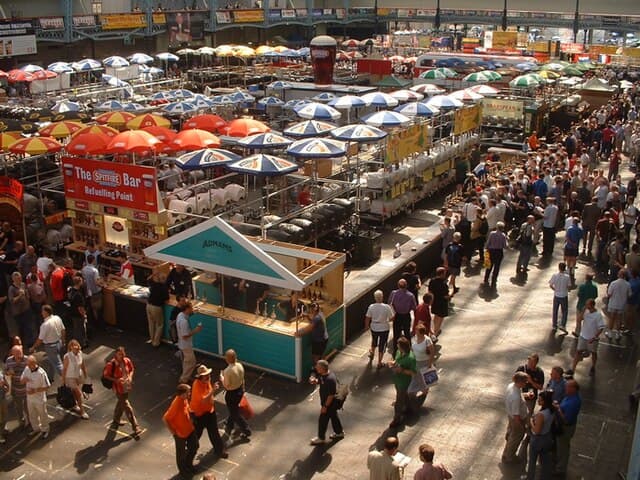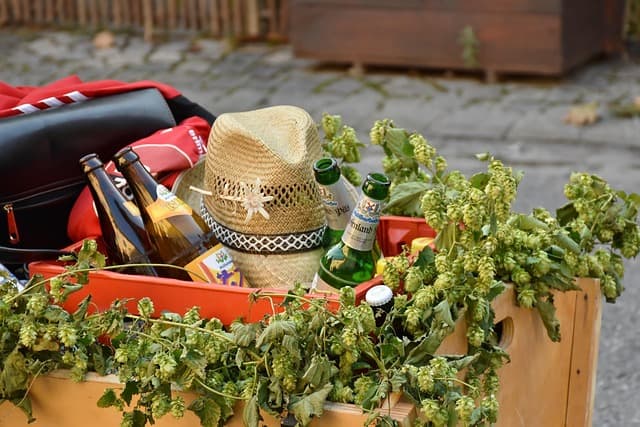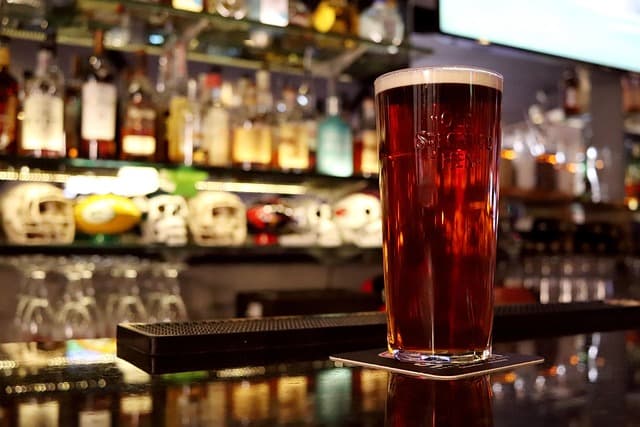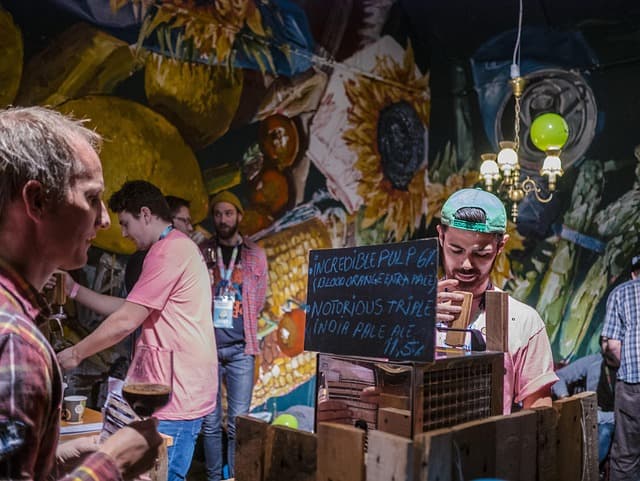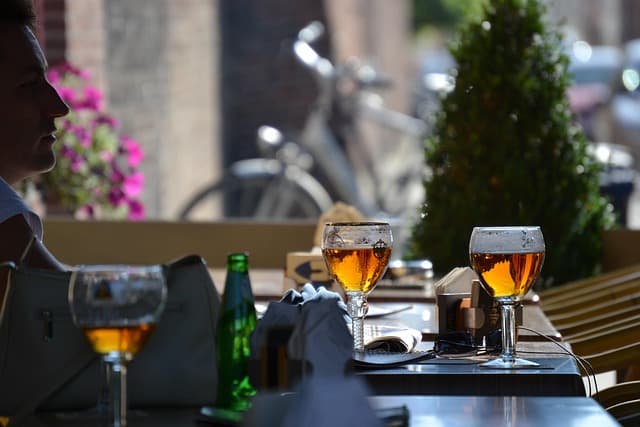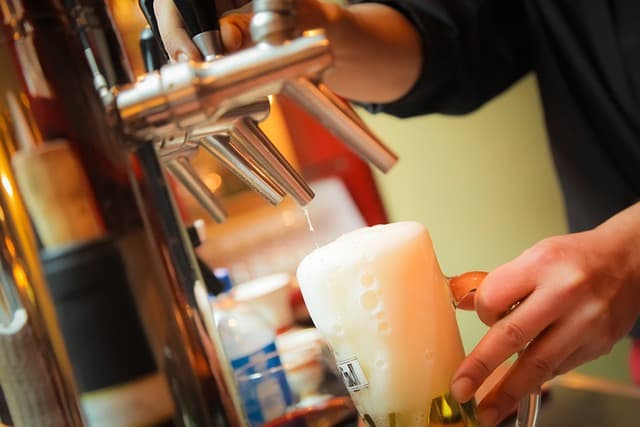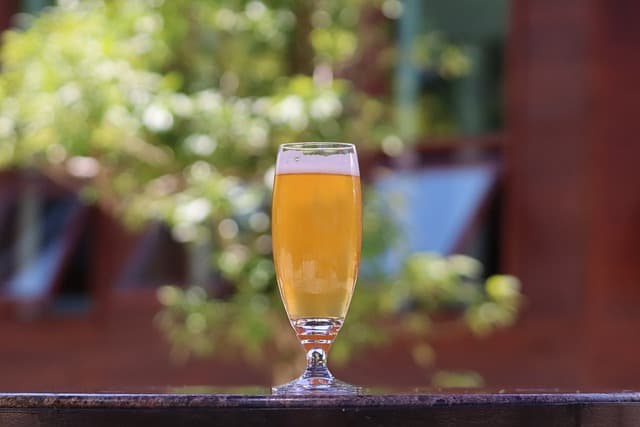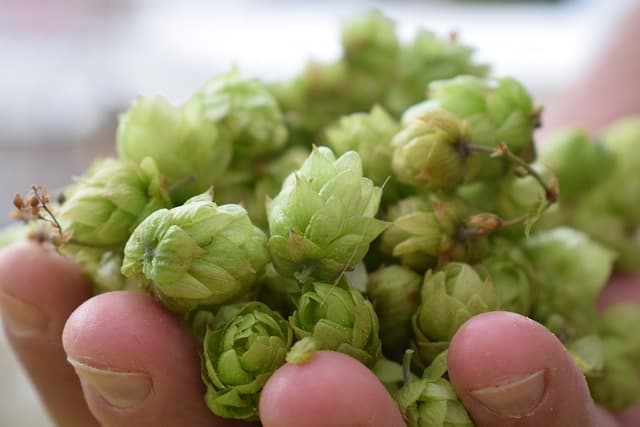In recent years, craft beer has become a true cultural phenomenon — especially in countries like Slovenia, where local brewing is on the rise, unique flavors are appreciated, and there’s growing interest in events with authentic atmospheres. Craft beer festivals have long since moved beyond simple tastings — they have evolved into important social, gastronomic, and marketing events. Organizing such a festival means creating a space where people can relax, socialize, and discover new tastes, while producers can showcase their brands, build connections, and promote their products on the market.
How to Choose the Venue and Format of the Festival
Choosing the location is one of the key steps in planning a festival. In Slovenia, both city squares and historical centers, as well as countryside venues such as wineries, farms, and even breweries, are popular. Everything depends on the desired atmosphere: if the goal is a family-friendly event focused on local products, rural areas may be ideal; if aiming for urban activity and a younger audience, central locations in major cities like Ljubljana or Maribor are a better fit.
The format can be a one-day event or span an entire weekend. Many organizers include not only tastings but also workshops, performances by local bands, lectures on beer production, food zones with street cuisine, and lounge areas. The open-air principle with live music, loungers, and a friendly atmosphere free of pressure and formality works particularly well.
Collaborating with Brewers and Local Brands
One of the main goals of the festival is to give local brewers a platform to shine. Therefore, it is important to establish contact in advance with craft producers willing to participate. Given the diversity of Slovenian breweries — from small family-run operations to nationally recognized brands — there are many options to choose from. Honest partnerships, transparent participation terms, and the opportunity for brands not only to sell but also to tell their stories increase engagement and make the festival more dynamic.
Additional value comes from involving farmers, cheesemakers, sausage producers, and other craft food vendors — this not only enhances the festival’s gastronomic appeal but also makes it truly local and “homey,” which is highly appreciated by Slovenian audiences.
Logistics, Licensing, and Safety
One must not forget the legal and organizational aspects. Selling alcohol requires a license, especially if the festival takes place outdoors. Security measures should also be in place — including security personnel, medical support, drinking water stations, clear navigation, and convenient access to public transport. Special attention should be paid to waste sorting and eco-conscious practices: using reusable dishes, compostable cups, and minimizing plastic use are not only modern trends but also important messages to the audience.
Promotion and Audience Engagement
To ensure the festival is noticed and attracts the right audience, a well-thought-out promotion strategy is essential. A combination works best: social media (Instagram and Facebook are especially popular in Slovenia), influencer partnerships, posters in cafes, bars, and breweries. It’s also important to launch a dedicated website or page with a detailed program, venue map, and list of participants. Adding online ticket reservations helps streamline entry and gauge interest.
During the festival itself, it’s important to create opportunities for guest engagement: photo zones, contests, collectible glasses or pins, and the chance to leave feedback or vote for the best beer. All of this strengthens the connection with attendees and helps create emotional attachment to the event.
Why It Works in Slovenia
Slovenians value natural products, local initiatives, and a warm atmosphere. A craft beer festival fits perfectly into this context, combining gastronomy, culture, and outdoor leisure. It brings together locals, tourists, and industry professionals, providing an opportunity to relax, enjoy flavors, and support local producers. Such events become an important part of the cultural landscape, contributing to the growth of small businesses and reinforcing regional identity.
Organizing a craft beer festival requires effort, but it yields tangible results — for both participants and organizers. It’s a chance not only to host a vibrant event but also to build a platform for the sustainable growth of the local craft scene.
Conclusion
A craft beer festival is not just a celebration of taste but also a powerful tool for local development. It brings together artisans, supports the local economy, and offers guests a unique experience filled with culture and gastronomy. For Slovenia, with its rich nature, traditions, and growing community of craft producers, such events are a natural extension of national identity — vibrant, flavorful, and truly unifying.
